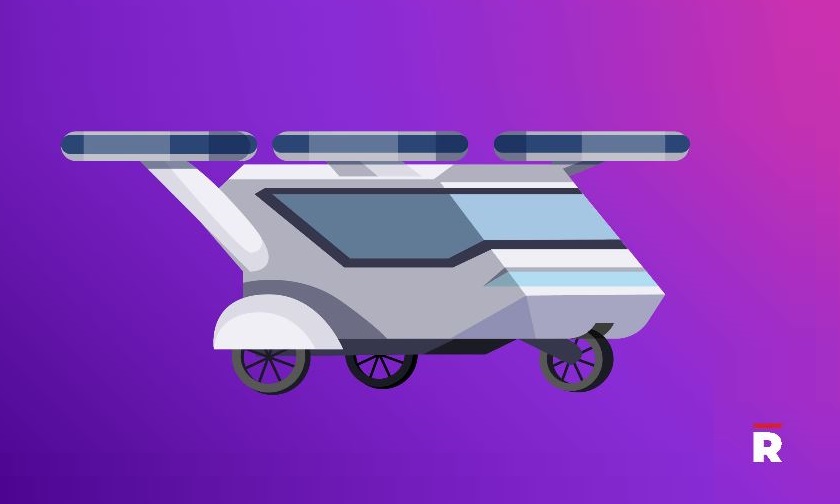Autonomous aircraft are revolutionizing the aviation industry. These planes operate without pilots or remote control, relying instead on preprogrammed robotic systems. While artificial intelligence doesn't directly "drive" these aircraft, the technology enables them to function autonomously.
Investing in Autonomous Aviation
Companies are heavily investing in autonomous aviation and drone technology. In 2024, RapidFlight secured a $10 million contract to develop autonomous aircraft. Some advancements in aviation technology even aim to achieve a zero carbon footprint. This article delves into the benefits, challenges, and crucial question: How safe are autonomous aircraft?
What is an Autonomous Aircraft?
An autonomous aircraft can fly and operate without direct human control, using onboard robotic systems and technologies such as artificial intelligence (AI) and machine learning to perform predefined tasks. Most current autonomous aircraft are unmanned aerial vehicles (UAVs) or drones equipped with algorithms for specific missions. As AI advances, larger-scale autonomous transports are becoming feasible.
Why Are Autonomous Aircraft the Future of Aviation?
Safety: Removing humans from the loop can significantly reduce errors and accidents, enhancing flight safety. Autonomous systems can operate with greater precision and consistency than human pilots.
Efficiency: Autonomous aircraft can optimize fuel usage and adapt to real-time conditions, leading to shorter flight times and more efficient routes by adjusting to air traffic, weather, and other parameters.
Pilot Shortages: The aviation industry faces a shortage of qualified pilots. Autonomous aircraft can alleviate this issue by handling operations such as cargo flights and short-range trips, reducing the need for human pilots.
New Applications: Autonomous aircraft are opening up new use cases, including aerial deliveries, emergency cargo transport, and surveillance. Urban air mobility, such as autonomous air taxis, could revolutionize personal transportation.
Autonomous Flights vs. Autonomous Aircraft
Autonomous flights and autonomous aircraft are related but distinct concepts. Autonomous flights refer to aircraft following a pre-defined flight plan without human intervention, yet still require human oversight. In contrast, autonomous aircraft can operate entirely independently, using AI and computer vision to make decisions and adapt during flight without human input.
Disadvantages of Autonomous Aircraft
Technology Development: The technology for self-flying aircraft is still emerging, with ongoing research needed to perfect the algorithms and control systems. Ensuring their quality and safety in real-world applications remains a challenge.
Privacy and Security: Autonomous aircraft can carry cameras and sensors, raising concerns about data security and privacy. The risk of hacking and unauthorized use is significant, as is the potential for malicious use.
Ethical Considerations: The use of AI and machine learning in aviation brings ethical challenges, including algorithmic bias and accountability in the event of accidents.
Are Autonomous Aircraft Safe?
Autonomous aircraft are considered safe for several reasons. Eliminating human error, a major cause of accidents, can enhance safety. Advanced AI, machine learning, and sensors allow these systems to perceive their environment accurately and take precise actions. Autonomous aircraft excel in repetitive tasks, increasing precision and reliability. Real-time monitoring systems can detect deviations and initiate corrective actions, further ensuring safety. However, cybersecurity, human interaction, regulation, and policy are crucial factors in the ongoing development of safe autonomous aircraft.
By addressing these considerations, autonomous aircraft could indeed become the future of aviation.
#autonomousaircraft #aerospace #autonomousavaition





Comments